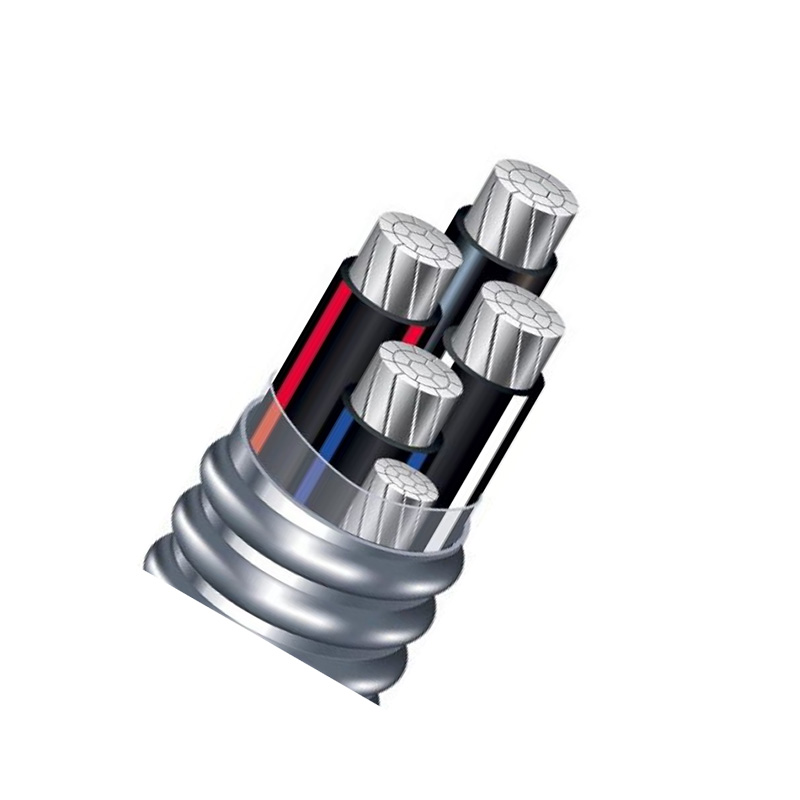Nov . 26, 2024 13:37 Back to list
Exploring the Benefits and Applications of Four-Way Ball Valves in Fluid Control Systems
Understanding 4-Way Ball Valves Functionality and Applications
A 4-way ball valve is a critical component in various industrial applications that require the control of fluids in different directions. Unlike standard 2-way ball valves that can only manage flow in two directions, the 4-way ball valve offers the versatility of directing flow into four distinct paths. This functionality is essential in systems where control over multiple flow routes is necessary, making it a popular choice in diverse industries such as chemical processing, water treatment, and HVAC systems.
Design and Operation
The design of a 4-way ball valve consists of a hollow, perforated sphere (the ball) that rotates within a valve body. The ball has four ports two that serve as inlets and two that serve as outlets, allowing for a wide array of flow configurations. The orientation of the ball determines how the fluid can flow through the valve. When the valve is turned 90 degrees, the ball rotates to either connect or isolate certain ports, thereby directing the flow into the desired path.
The operation of a 4-way ball valve can be manual or automated. Manual valves are typically actuated with a lever or handle, while automated versions may use electric or pneumatic actuators to provide remote control capabilities. Automated valves are particularly advantageous in large or complex systems, allowing for precise control and minimizing manual intervention.
Applications
4-way ball valves find use in numerous applications due to their ability to manage multiple flow pathways. Some of the most common applications include
1. Hydraulic Systems In hydraulic circuits, 4-way ball valves are employed to control the direction of hydraulic fluid, enabling the operation of various cylinders and actuators. This versatility is vital in machinery where precise movements are required.
4 way ball valve

2. Heating and Cooling Systems In HVAC setups, these valves can facilitate the switching between heating and cooling modes. By redirecting the flow of heated or cooled fluids, they help maintain the desired temperature throughout a building.
3. Chemical Processing In the chemical industry, 4-way ball valves are essential for directing the flow of different chemicals throughout the manufacturing process. They are designed to withstand harsh conditions and corrosive substances, ensuring safe and efficient operation.
4. Water Treatment Facilities In these facilities, 4-way ball valves are used to manage water flow during treatment processes. This includes the switching between different filtration systems and the distribution of treated water.
Advantages
The advantages of using 4-way ball valves are numerous. Their ability to control multiple flow paths simplifies system design and enhances operational efficiency. The quick operation associated with ball valves allows for rapid changes in flow direction, which is beneficial in processes where time is a critical factor.
Moreover, 4-way ball valves typically feature low friction and minimal wear, leading to a longer service life and reduced maintenance requirements. This reliability is especially important in industrial settings, where downtime can lead to significant financial losses.
Conclusion
The 4-way ball valve is an essential component in modern fluid control systems, offering versatility and efficiency across various applications. Its unique ability to direct flow in multiple paths makes it indispensable in industries that require precise flow management. As technology continues to advance, the design and capabilities of these valves are likely to evolve, enhancing their application in even more fields. Understanding their functionality and advantages empowers engineers and operators to make informed decisions when selecting the right valve for their specific needs.
Share